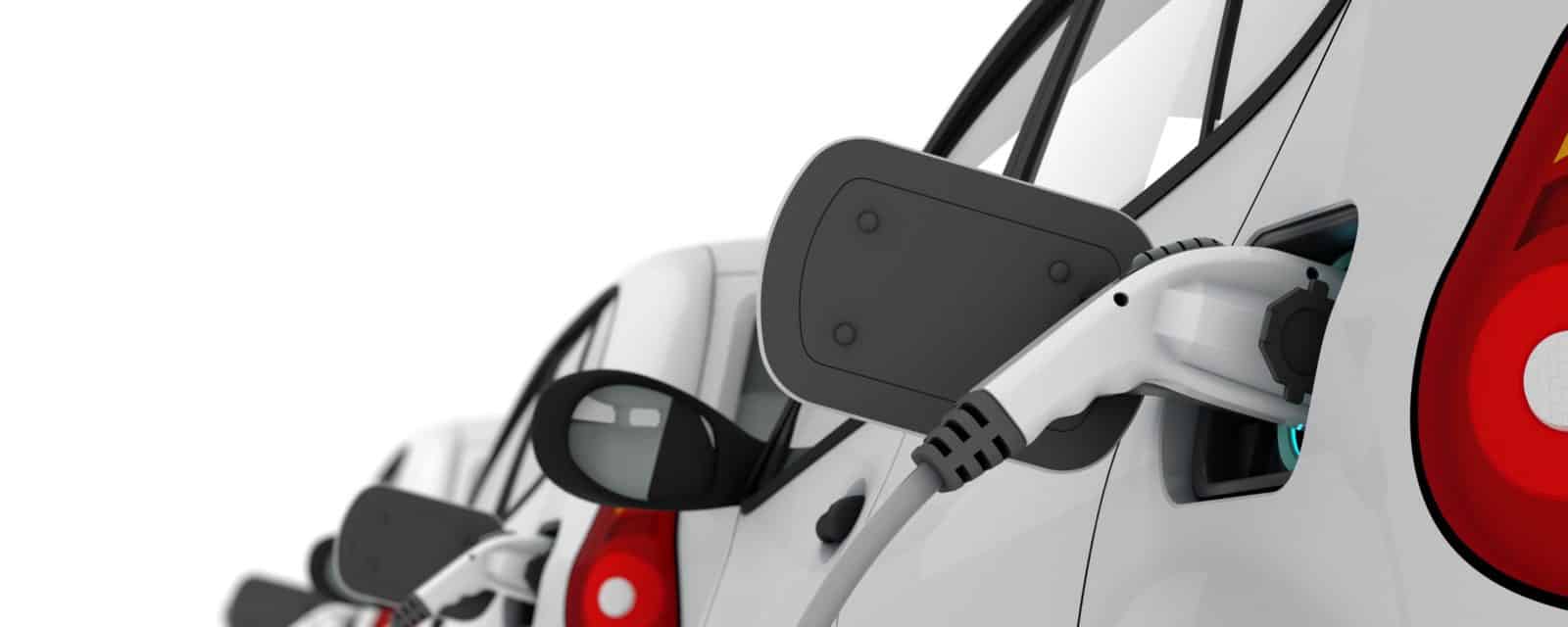
With each passing month the electric vehicle (EV) boom has been accelerating. As demand for EVs grow the demand for the key EV metals (cobalt, lithium, graphite, nickel, and copper) also grows exponentially. Of course cobalt is the most affected of them all.
A quick summary of recent events shows that the EV boom is accelerating:
- Electric car sales continue to boom in Q1 2018, with sales up 59% on last year.
- Internal Combustion Engine [ICE] car manufacturers are now moving rapidly toward electric cars, before the 2019 China ZEV credit system starts. China announced just this week that they will ban new fossil-fuel vehicle plants perhaps from 2019.
- Electric bus sales continue to be strong, especially in China.
- Electric semis and other trucks are now on the way with Tesla taking large orders for the Tesla semi.
- Electric boats, barges and ships are on the way. China recently launched the world’s first all-electric cargo ship. Norway’s first zero-emissions electric ferry the “MF Ampere” was launched and the world’s first zero emission zone at sea has been established in Norway.
- Electric planes are being developed and planned. Boeing Co. (BA) backed startup Zunum Aero plans to deliver its first hybrid-electric plane in 2022.
- Just this past week Bloomberg has massively increased their EV forecasts. The new forecasts are electric car sales to reach 11m by 2025, 30m by 2030 (28% market share), and 60m by 2040 (55% market share). This equates to a sales increase of 10 fold by 2025, 27 fold by 2030, and 54 fold by 2040 (from end 2017 levels). Added to this Bloomberg has forecast electric bus sales to reach a staggering 84% market share by 2030.
In response to the above we have seen the following:
- Cobalt prices have risen fourfold in the past 2.5 years.
- Numerous reports of cobalt supply shortages, and new terms coined such as the “cobalt cliff” and the “cobalt crunch“.
- Volkswagen (VW) has awarded 40 billion euros ($48 billion) in contracts to battery producers CATL, Samsung SDI, and LG Chem. This now empowers the battery manufacturers to sign off-take agreements with EV metal miners to secure precious supply.
Let’s take a minute to reflect on the above and what has happened so far. In 2017 global electric car sales reached 1.2m, and 1.4% market share. Just a tiny move from zero a few years ago to 1.4% by end 2017 has quadrupled the cobalt price, and caused cobalt supply panic or the “cobalt crunch” and fear of a “cobalt cliff”.
If a 1.4% increase can do that, what can we expect if Bloomberg New Energy Finance (BNEF) new forecast of 11 million (m) EVs by 2025 (a 10 fold increase) comes true? We know that around 50% of cobalt goes into batteries and the cobalt market is only small. Also cobalt has a very weak supply chain with over 65% coming from the highly unstable Democratic Republic of Congo (DRC).
My answer to that is we can expect cobalt supply disruptions, with associated cobalt price spikes. If the DRC does not explode into political turmoil and cobalt supply continues uninterrupted we can expect increased supply from the DRC moving above 75%, making the EV world highly dependent on the DRC. Yes lithium ion battery manufactures will continue to reduce the cobalt percentage in the battery, but this only can go so far, and only buys time. Of course “time” and “money” is exactly what is needed so the next brigade of cobalt juniors mostly from Australia and Canada can come online in the early and mid 2020’s to avoid the cobalt cliff.
For now things are looking better as Volkswagen this month has stepped up with some big “money”, and the battery manufacturers are working hard to buy some more “time”. Will there be enough cobalt supply? I think so, but more car manufacturers need to step up, and everything needs to go right from here. I can’t wait to see how this fascinating story plays out over the next decade.
